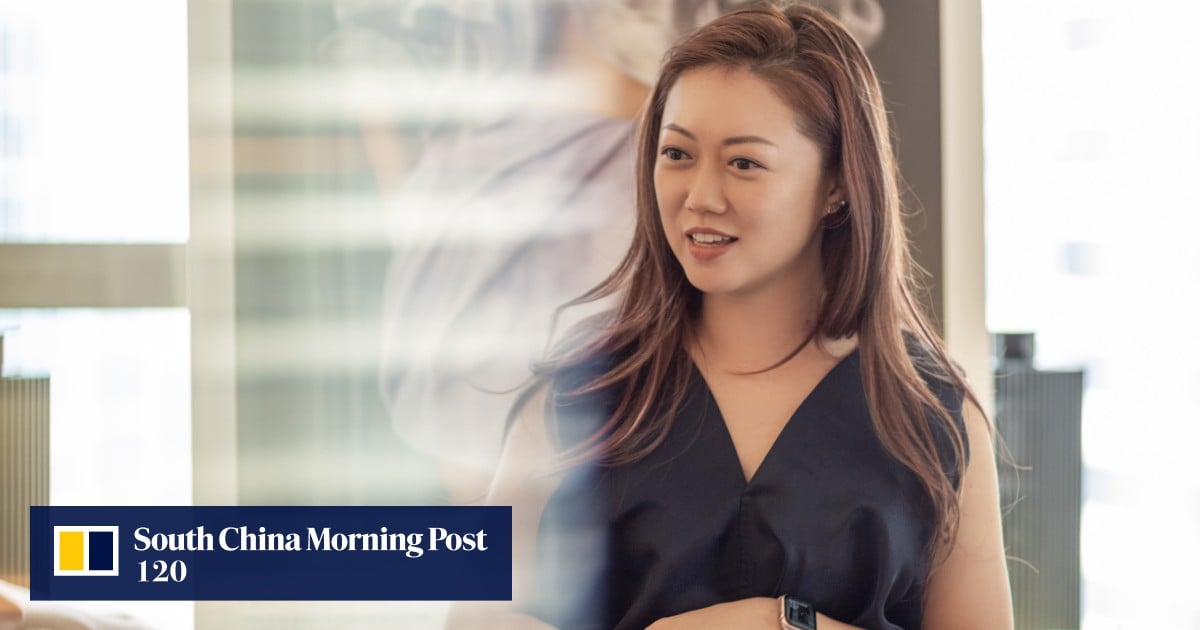“Seeing my dad as an interior designer, it was more natural for me to think about a career in the arts. I applied [to Parsons, in New York], didn’t get in, so I went to the Fashion Institute of Technology first, and then applied again and finally got into Parsons.”
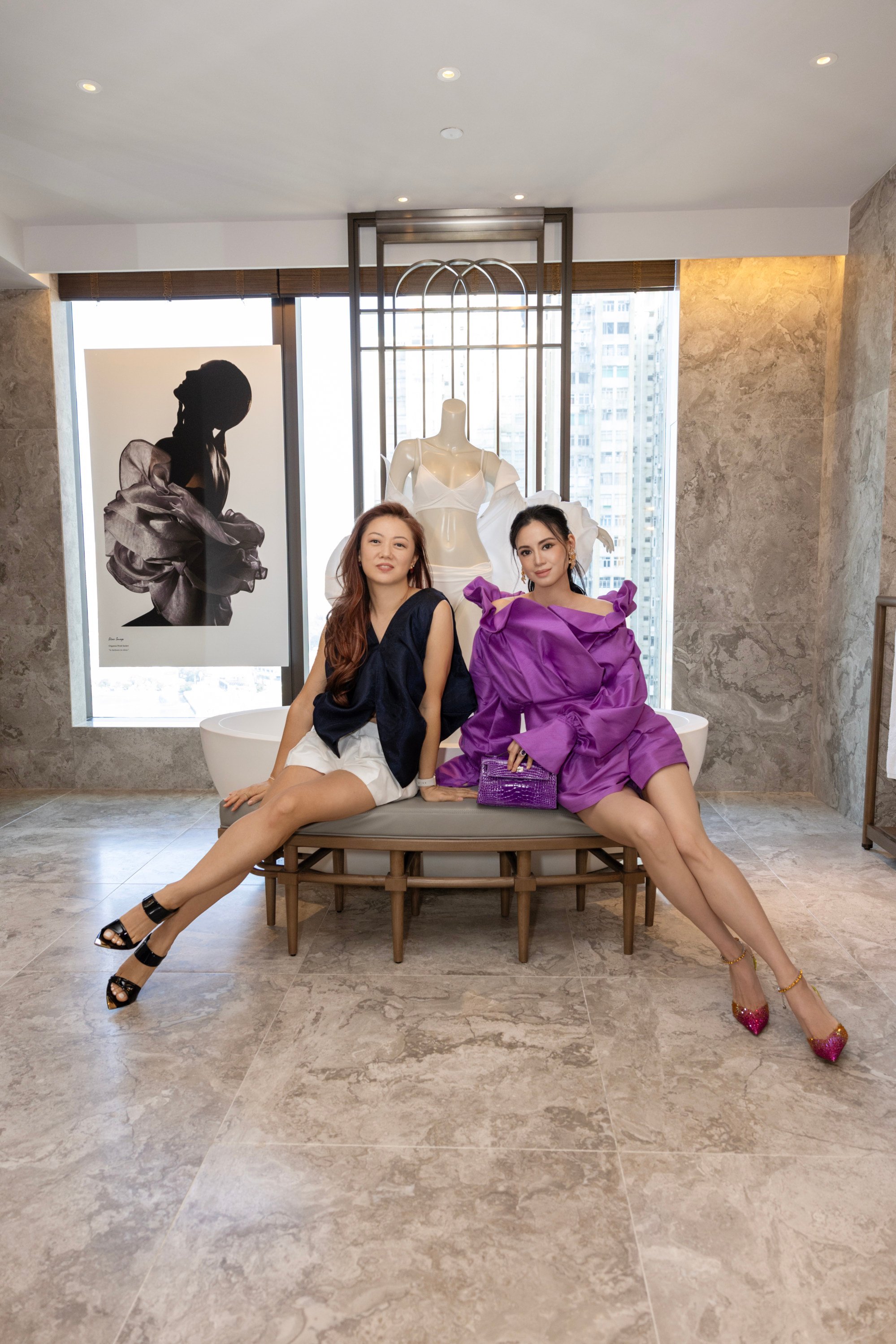
In New York, you made it to Vera Wang. How did you get there?
“I was given projects for celebrities, and Vera liked how I had a lot of ideas. She said I’m prolific in my ideas, and so she’d go through them and pick out what she wanted.”
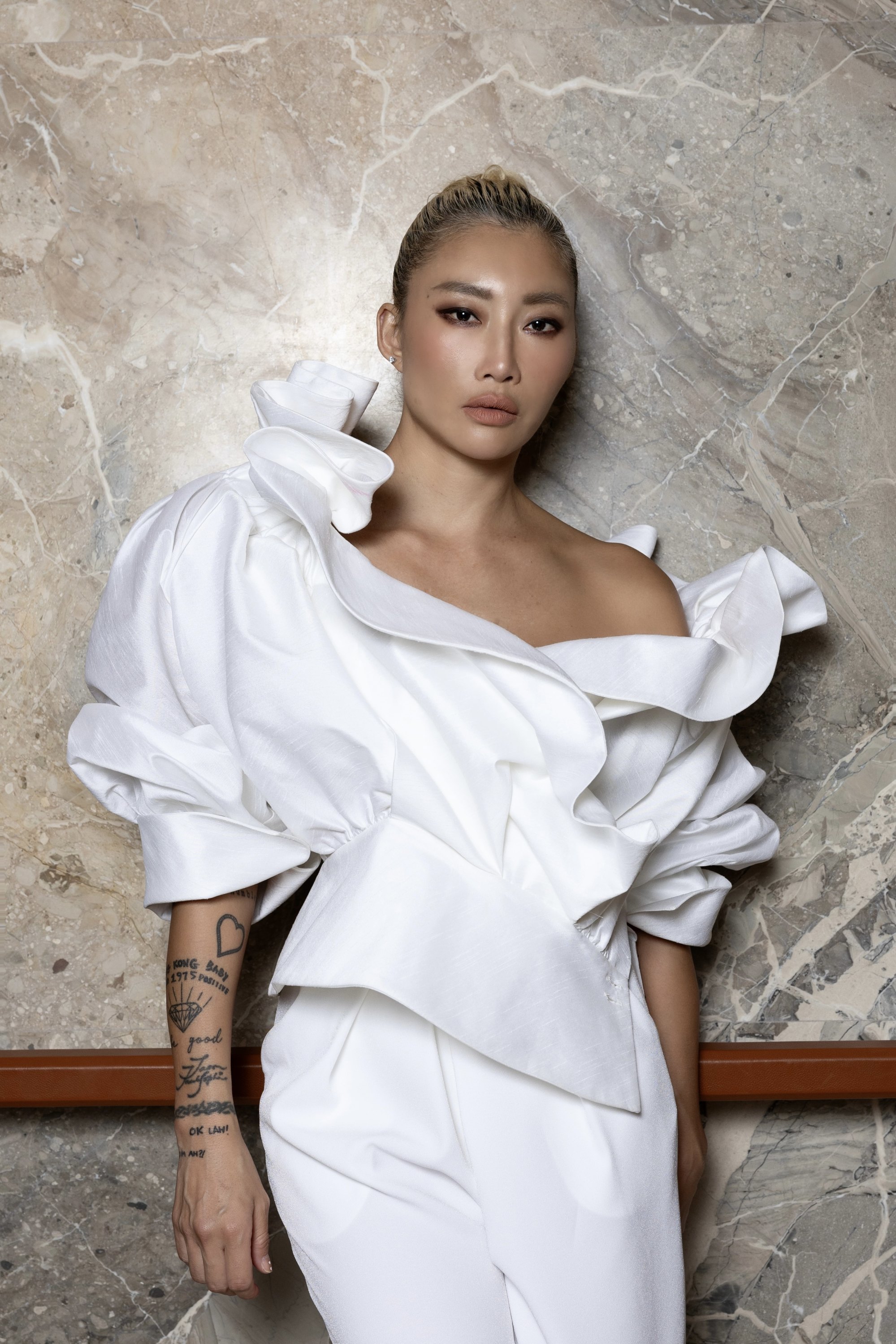
How did you get into bridal design?
What did you do when you came back to Hong Kong, in 2008, after eight years in New York?

Tell us about your signature style, which has lots of sculptural lines and exaggerated draping.
“Looking back on my sketches from school, I’ve always had that. That’s why I didn’t see myself as a daywear designer, because the things I design tend to be hard to make. Everything is curved, and there’s so many layers, lines and seams.”
Your 2017 collection, Little Miss Luk, features ready-to-wear pieces for mothers and daughters. What was the idea behind that?
“Because I’ve always made odd little dresses for flower girls, I wanted to start a Little Miss Luk collection. When I was pregnant with my daughter, I had cancer [sarcoma], so after she was born I did a charity fashion show with little girl dresses on little girl models.
“But then I also dressed the adults because I felt like you needed someone to hold hands with them.”
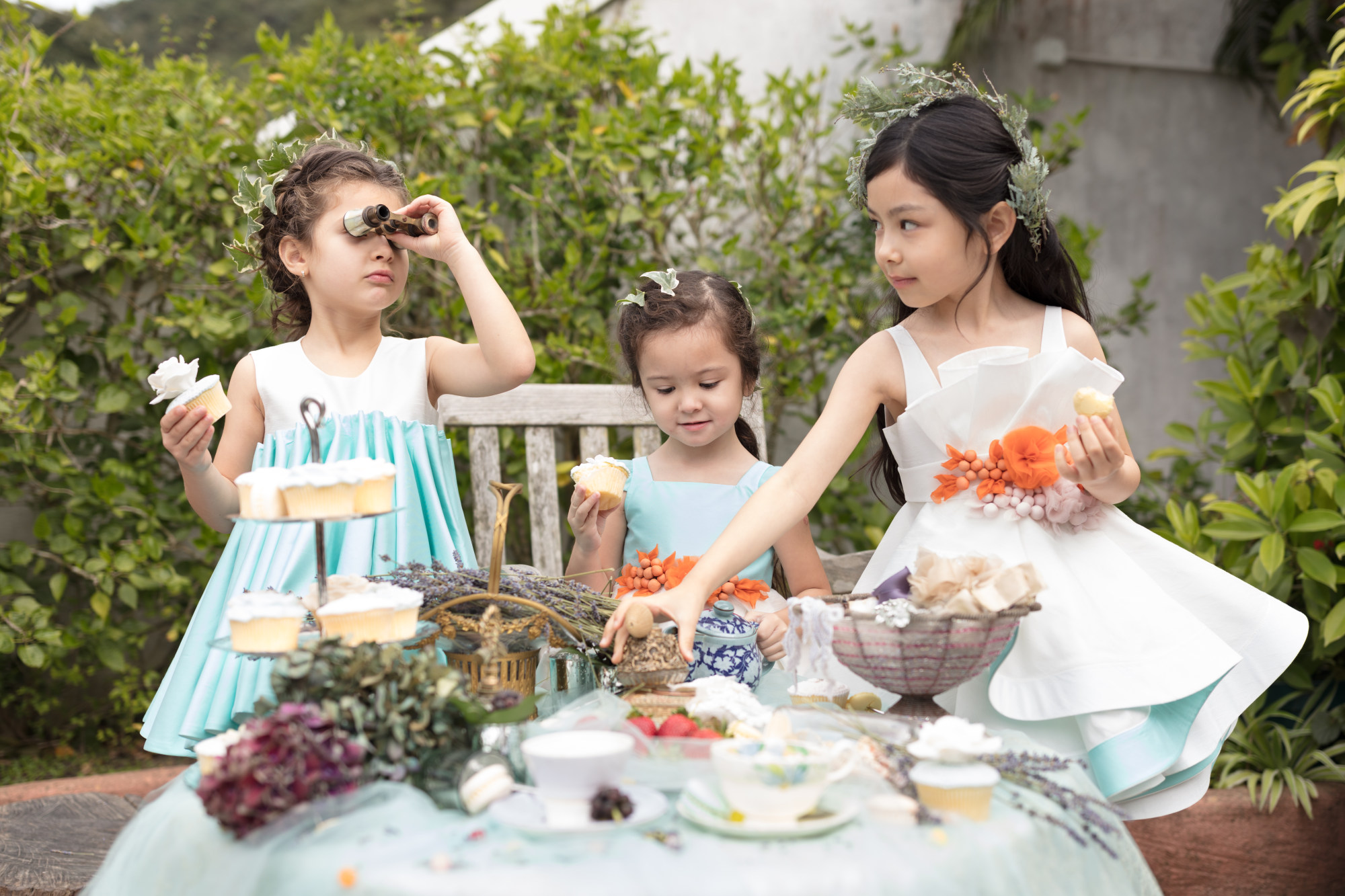
How did having cancer affect you?
“The first time I had cancer, I thought, ‘I can’t let this stop me, I’m still very passionate about my work.’ I had to continue, so then I fought through that.
“The second time was when my daughter turned four, around 2018. It just felt like maybe I was missing something.
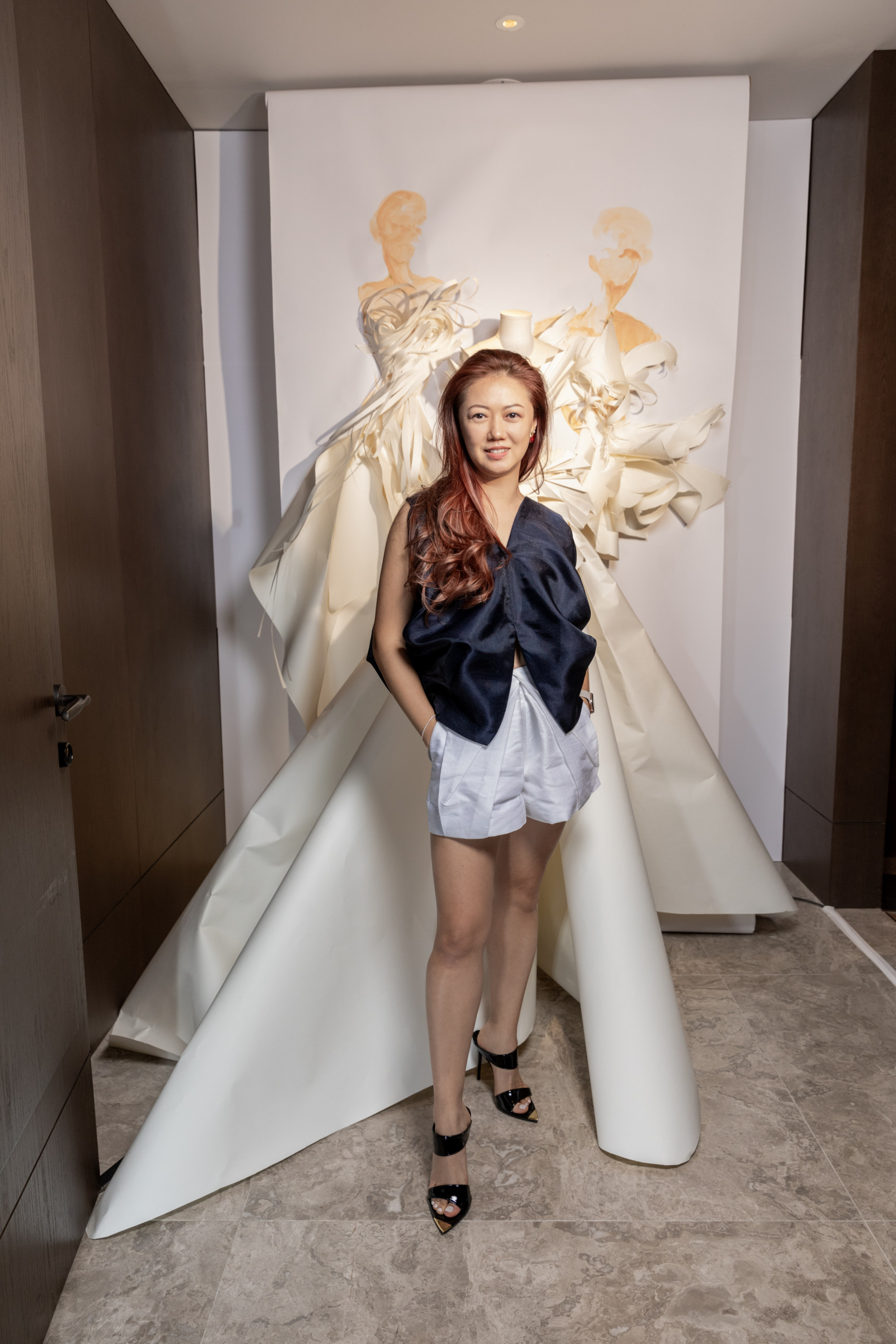
“That adrenaline rush, that drive, is it stress? Is it good or is it bad?
“It’s hard to tell. So I decided to eliminate work for the time being and just not have any stress. I stayed home and I taught fashion design to little girls, and then I wrote a storybook.”
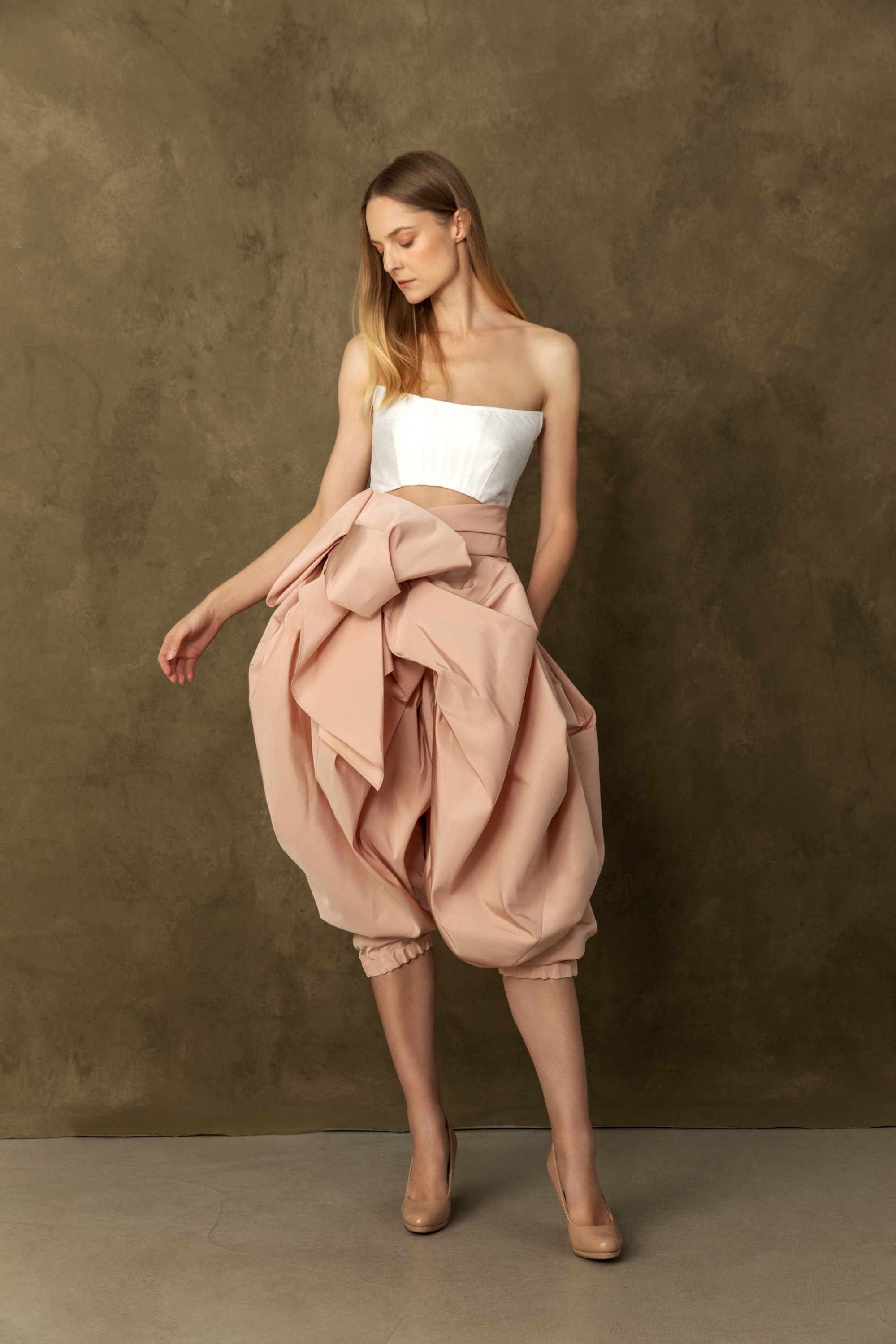
You’ve just returned with your first ready-to-wear collection. Why did you decide to shift focus?
“In the past, I was always balancing between, am I more into tailoring and fitting it and wanting to please the client, or satisfying the designer vision I had in my head? There is something precious about having the designer design it the way it’s meant to be in the designer’s head.
“This is my first time properly transitioning from bridal designer to daywear designer. This is me stepping out of my box.”

